
INDONESIA 2012
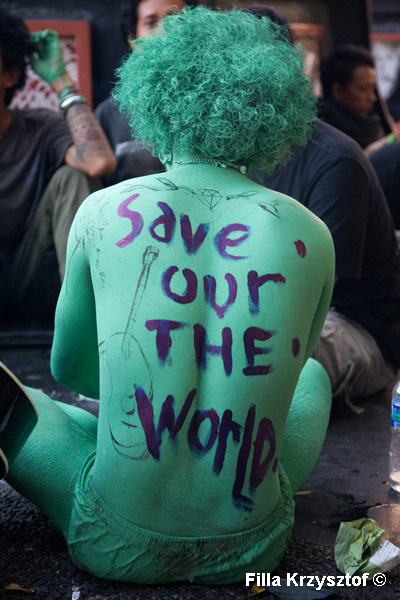
^ ^^^
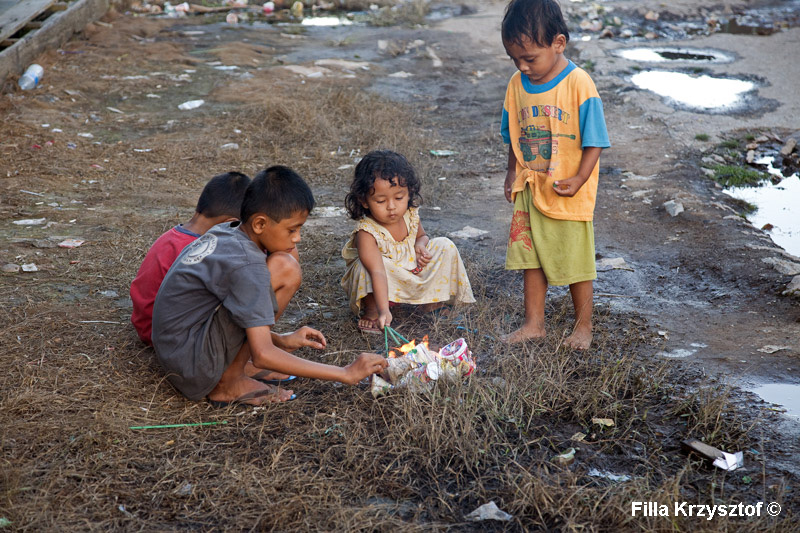
In Indonesia garbage is almost everywhere. People throw away rubbish anywhere. The best place to dispose of some trash is a river that takes it away. By looking around one can think that plastic is the most common waste. Many people including children find it very flammable and for that reason the smell of burning plastic fills the air.
^ ^^^

Cock fighting is very popular sort of entertainment in Indonesia. Sometimes, it may be religious ritual but mostly it's for amusement and gambling.
^ ^^^
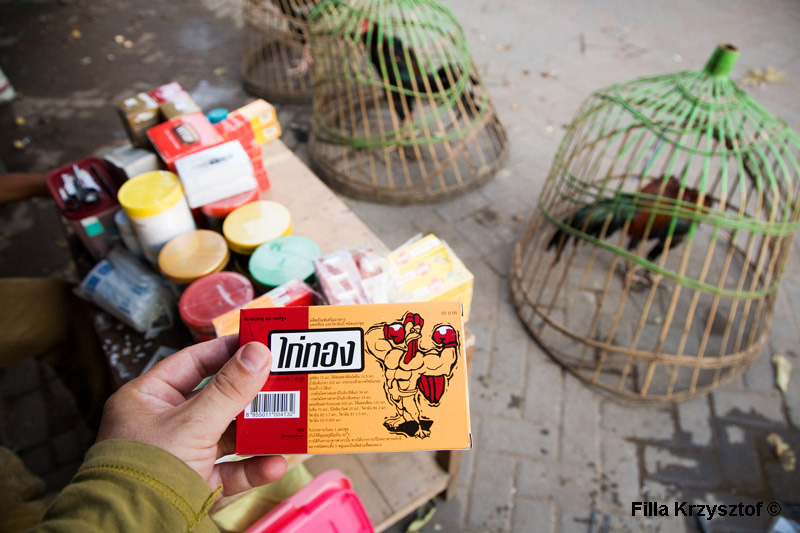
Before the cock fighting participants can purchase vitamins and stimulants for the "performing" roosters.
^ ^^^
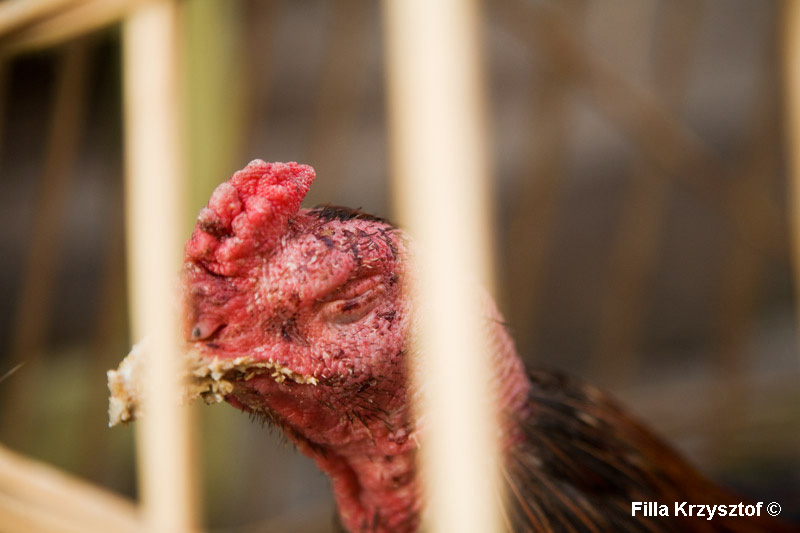
In cock fighting many roosters die or have serious injuries.
^ ^^^

At the market in North Sulawesi dog meat is a popular commodity. The seller catches a chosen dog by a loop then he stuns the dog with a club and next he singes the fur off the skin.
^ ^^^
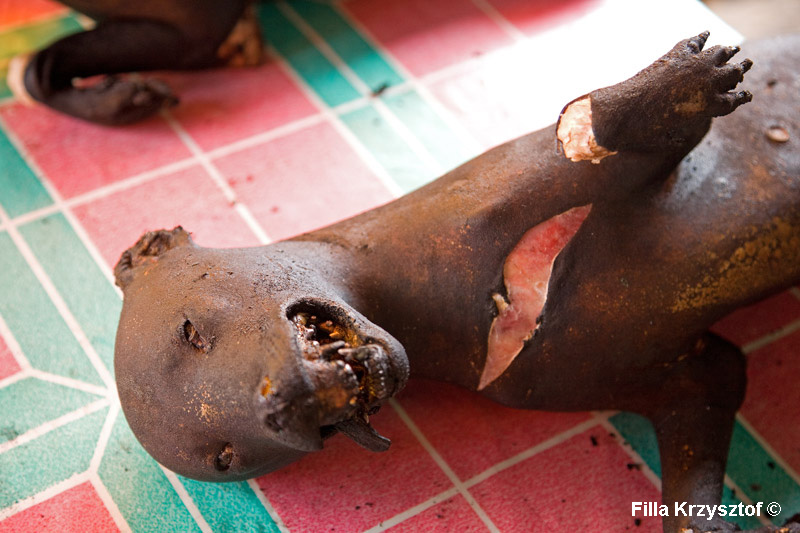
One kilo of dog meat costs around 2.50 €
^ ^^^
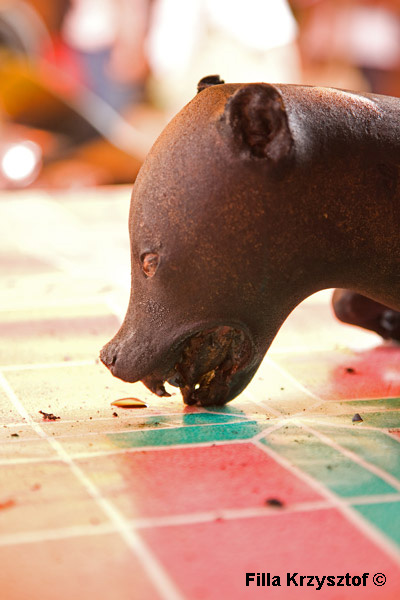
^ ^^^

^ ^^^

Next to the pig meat (pork) it is possible to buy bat meat.
^ ^^^

Other delicacies in Indonesian cuisine are chicken feet and tempeh (soy product).
^ ^^^

^ ^^^
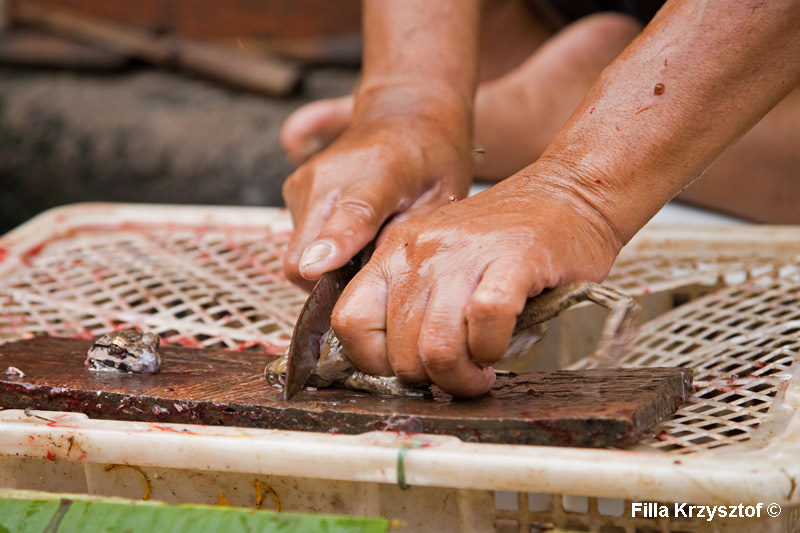
A seller at a market decapitates frogs that were chosen by a customer.
^ ^^^
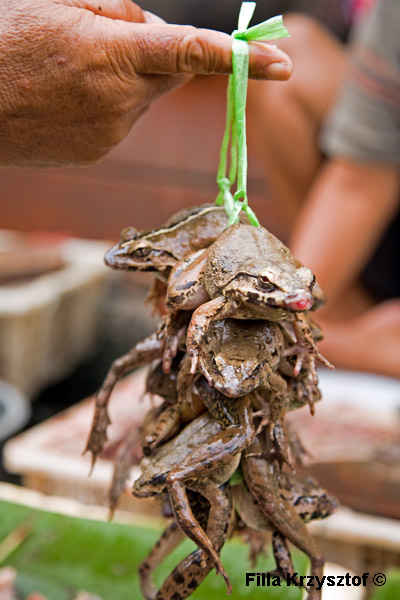
Before a purchase of frogs a buyer can examine them.
^ ^^^
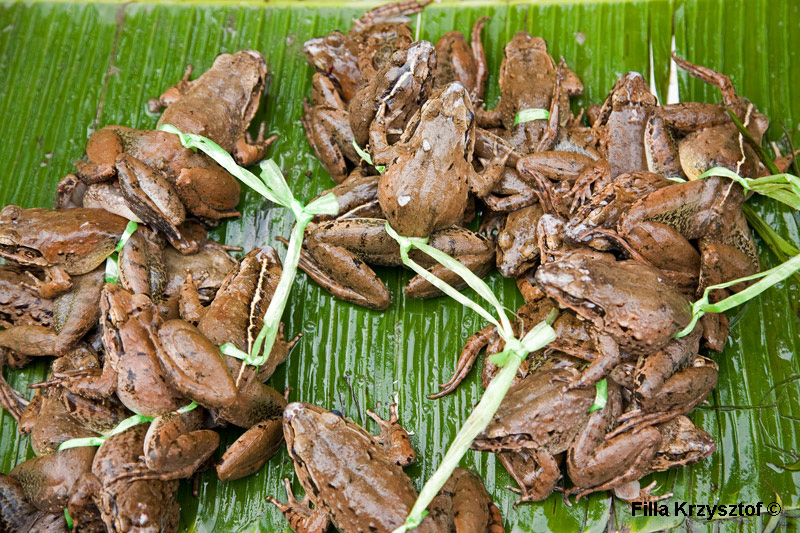
^ ^^^

In many cultures around the globe fish, like the rest of living creatures, are just a commodity that has certain financial value.
^ ^^^
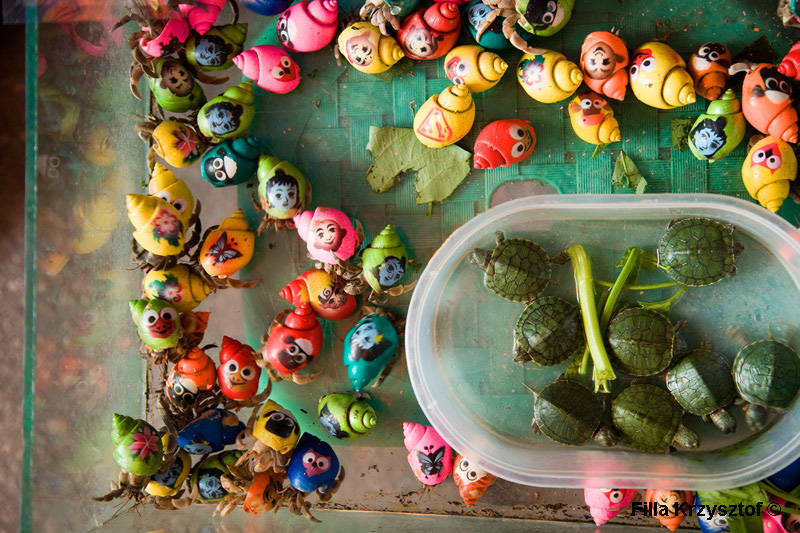
Turtles and hermit crabs in plastic shells on a local market.
^ ^^^
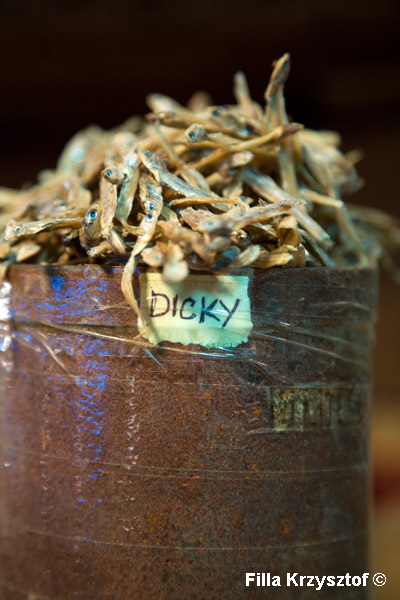
The tiny dried fish is sold as spice.
^ ^^^
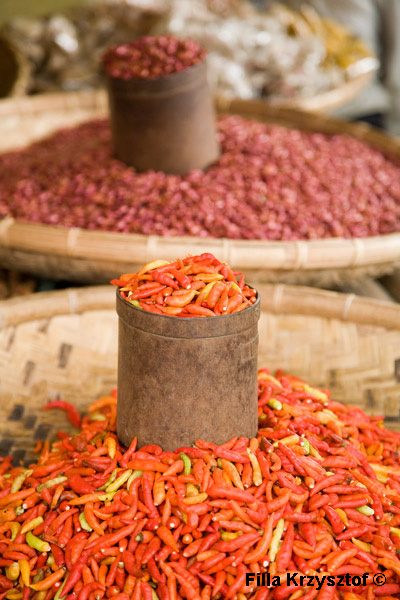
Red chilli and garlic.
^ ^^^
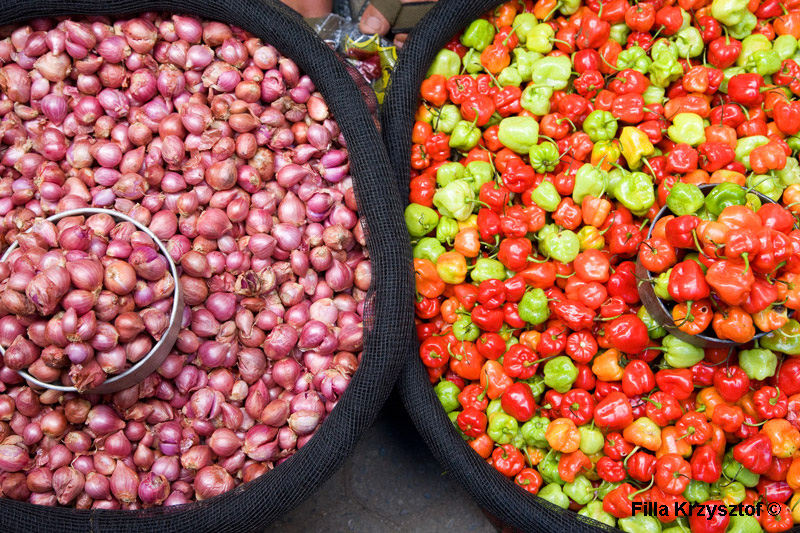
^ ^^^

^ ^^^
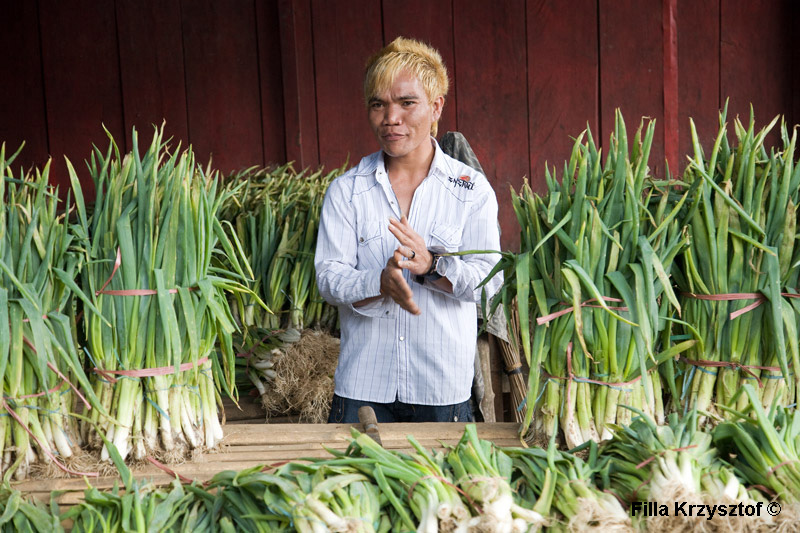
^ ^^^
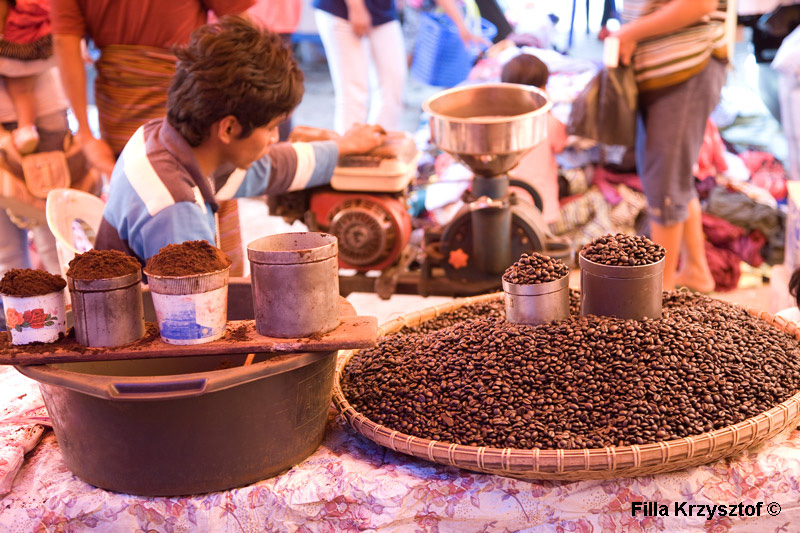
Coffee beans and ground coffee. As in many Asian countries tea is the dominant beverage but in Indonesia coffee is as popular.
^ ^^^
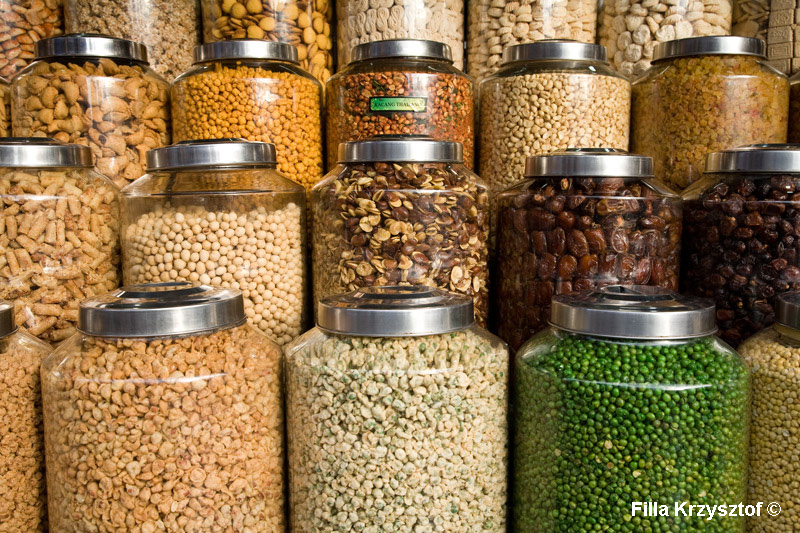
^ ^^^
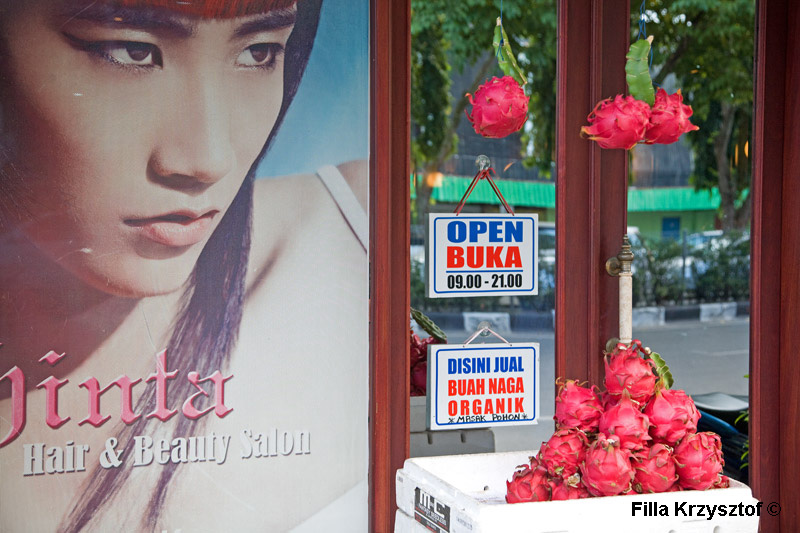
Dragon fruits.
^ ^^^
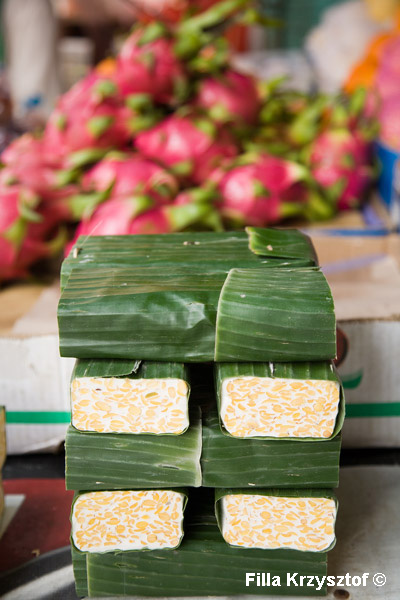
Tempeh wrapped in banana leaves at a local market.
^ ^^^

Palm sugar moulded into a ball shape and wrapped in some leaves.
^ ^^^
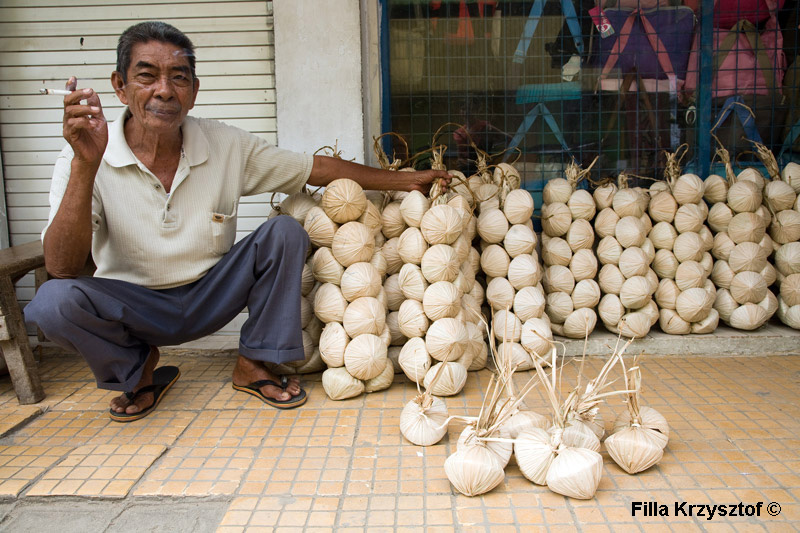
Palm sugar moulded into a ball shape and wrapped in some leaves.
^ ^^^

^ ^^^
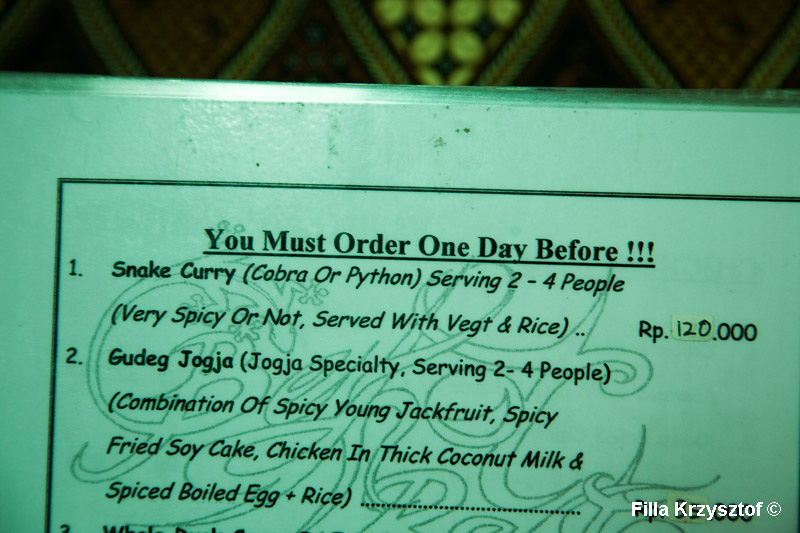
Snakes are not on the menu in Indonesia unless it is a popular district for western tourists.
^ ^^^

An 8 m python, that crossed a street between forests was clubbed by the bus drivers to near death. As they explained, they wanted to sell python alive, because they can get a better price for alive one, than for a dead one.
^ ^^^

This pig transported on the roof of the minibus from a town market to a village, didn't have any more strength to scream from agonizing pain, as we drove behind for around 20 km.
^ ^^^
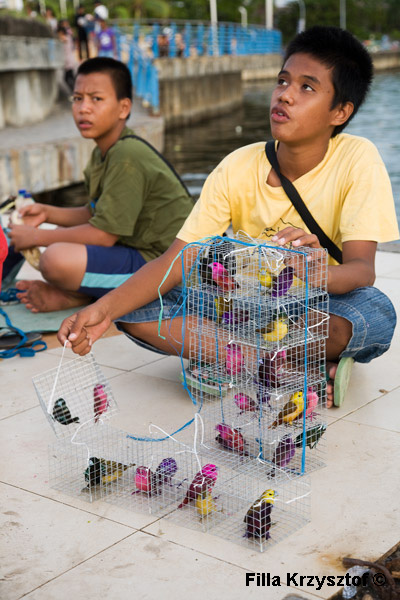
^ ^^^

In the town Rantepao in Tana Toraja every sixth day there is a big livestock market with hundreds of bulls. It is an old tradition that families slaughter a bull (more bulls if wealthy) during a burial ceremony.
^ ^^^
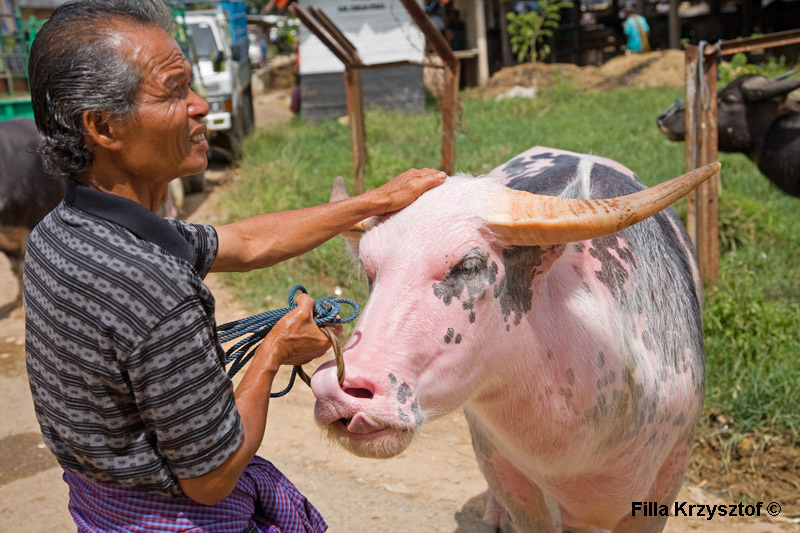
The most expensive are the albino bulls. For this one, the seller wanted 20 million Rupiahs which is around 1600 Euro.
^ ^^^
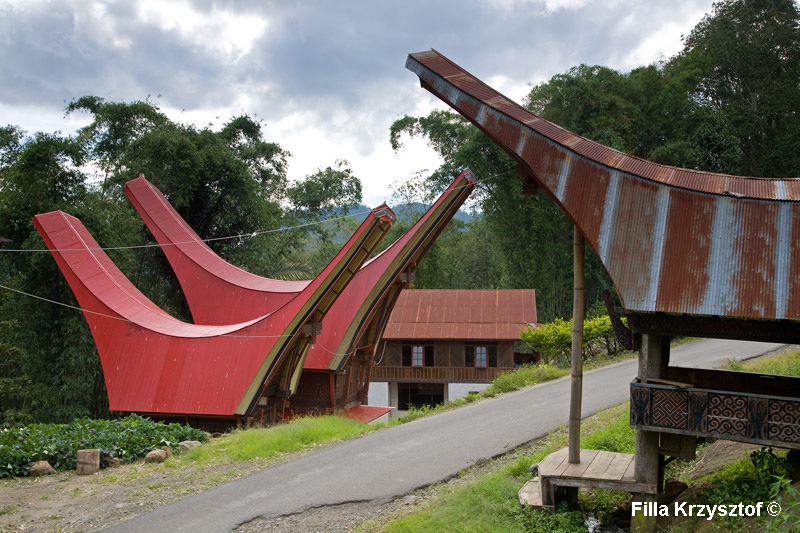
The traditional roofing in Tana Toraja in Sulawesi. The origin shape of the roofs is uncertain. It is supposed that it might symbolise horns of a buffalo or a shape of a boat.
^ ^^^
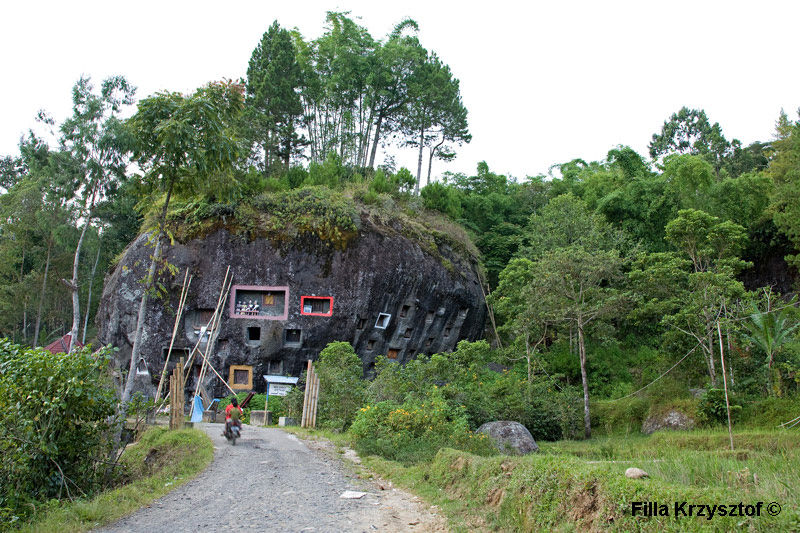
The traditional way of burying the deceased in Tana Toraja is in a cave. Today the cavity caves are chiselled out of rocks.
^ ^^^
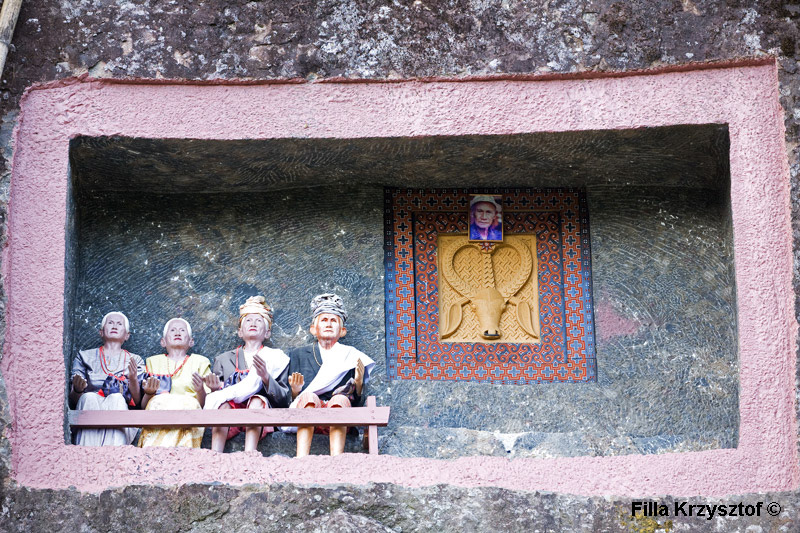
Coffins go deep inside the caves, and sitting on balconies in the rock face in front of the caves are tau tau – wooden effigies of the dead.
^ ^^^

A local corner shop in a village.
^ ^^^
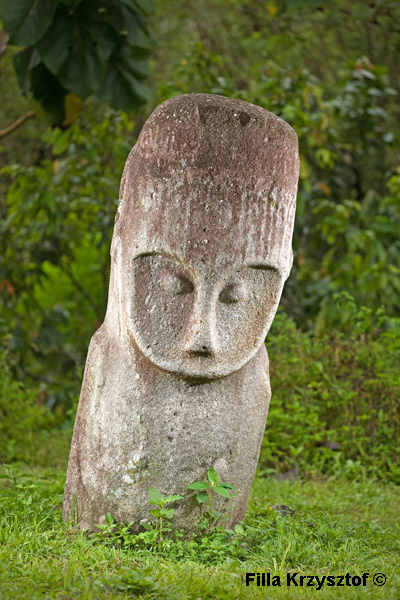
Megalithic stone 'Langke Bulawa' which means 'the gold legs bracelet'. The statue depicts a woman and it is believed to be there since 12 century.
^ ^^^
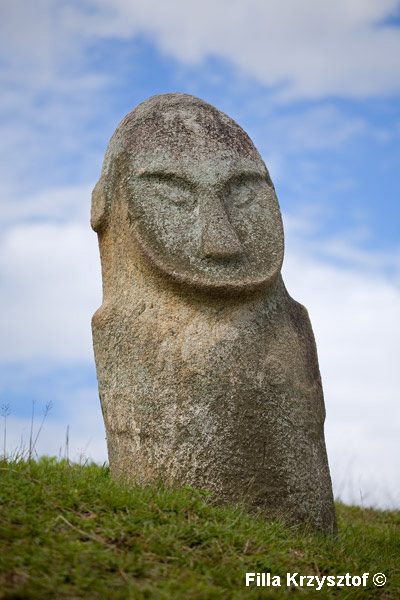
^ ^^^
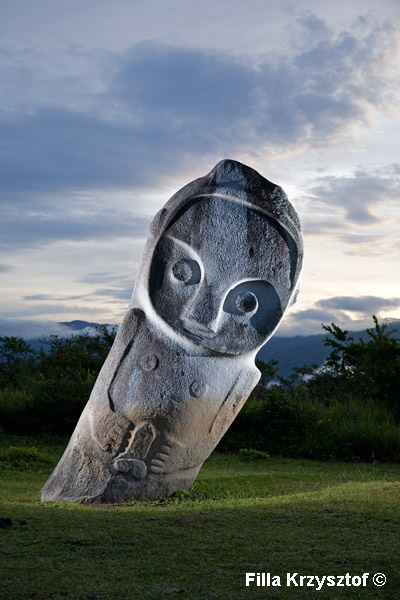
The name of the statue is “Palindo” which means “The Entertainer”. It is the largest statue (4.5m) in the area of Bada valley and it is the most celebrated.
^ ^^^

^ ^^^
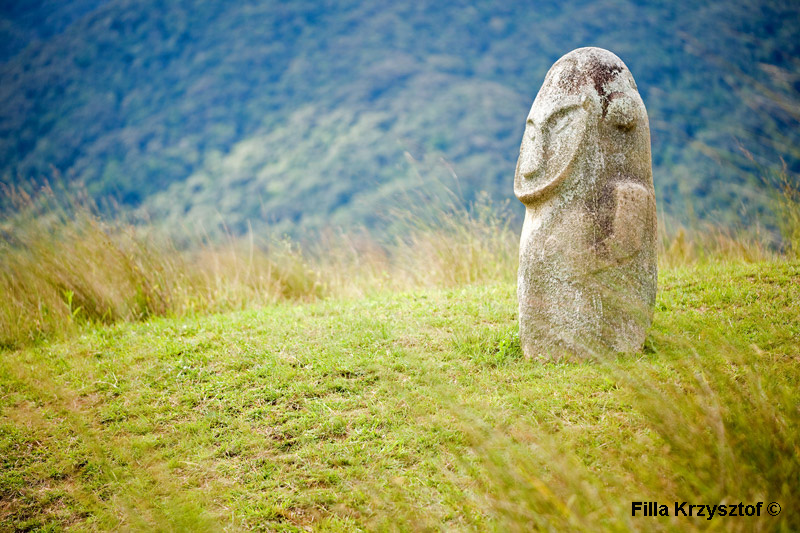
In central Sulawesi there is a number of scattered ancient megaliths. The origin of the megaliths remains a mystery. There are various explanations. Some locals believe they were used in ancestral worship or may have had something to do with human sacrifice.
^ ^^^
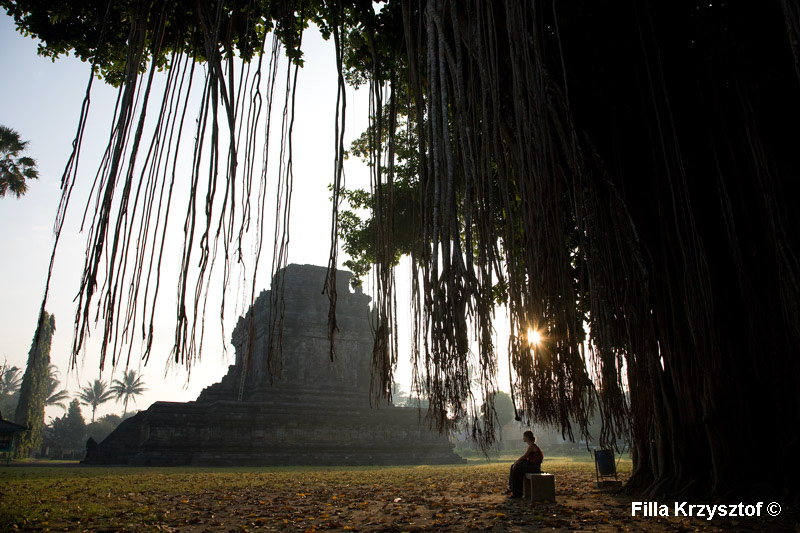
The mendut temple. It's a Buddhist temple from the 9th century.
^ ^^^
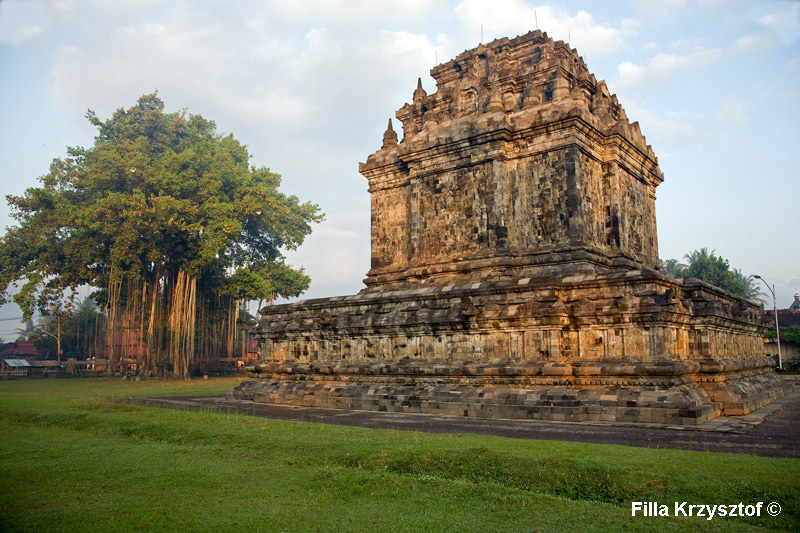
The mendut temple. It's a Buddhist temple from the 9th century.
^ ^^^

Borobudur in central Java is the most visited tourist attraction in Indonesia. This monument is built in the form of Buddhist mandala when looked from above. It has 6 levels (terraces) and on the top there is a massive stupa.
^ ^^^
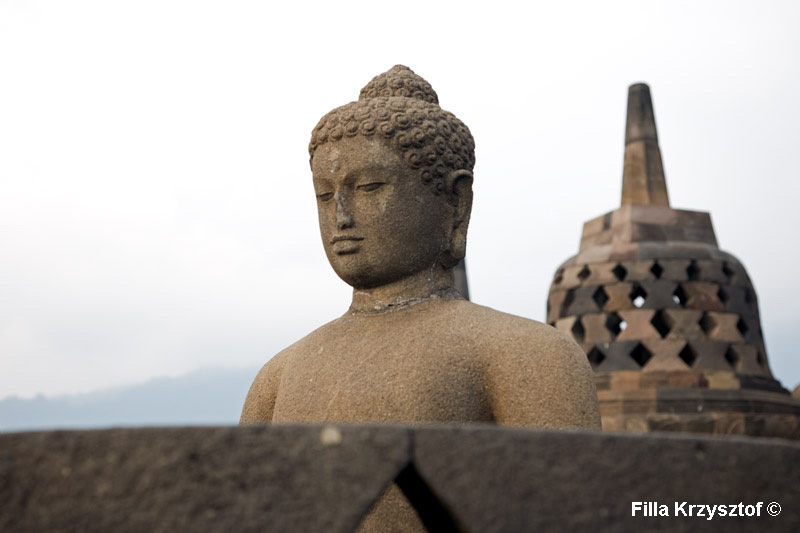
^ ^^^
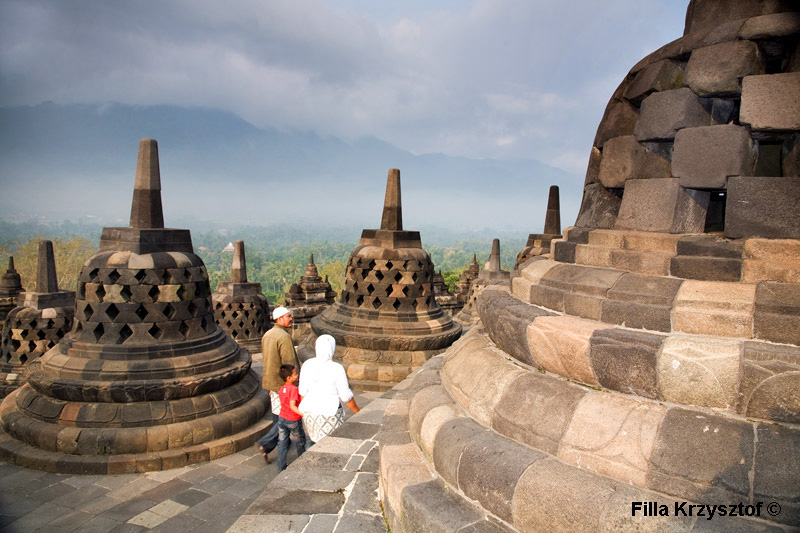
At the top of the Borobudur monument there are 72 small stupas with different statues of Buddha inside.
^ ^^^
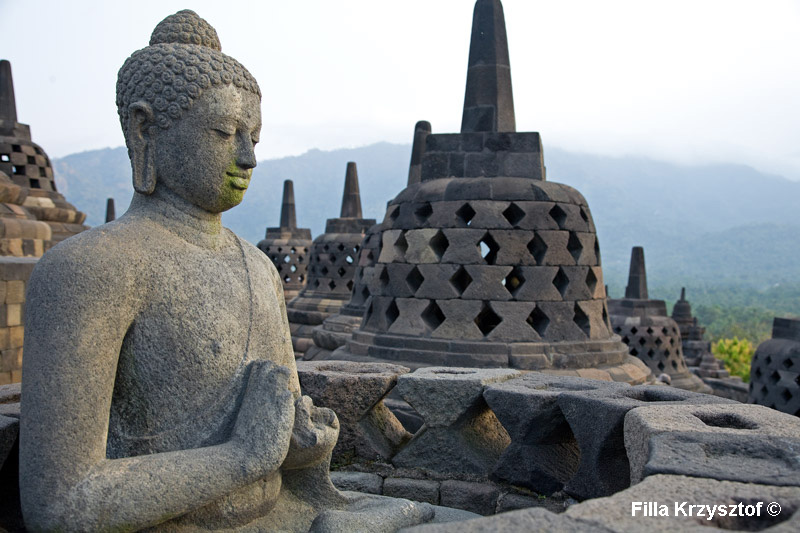
^ ^^^
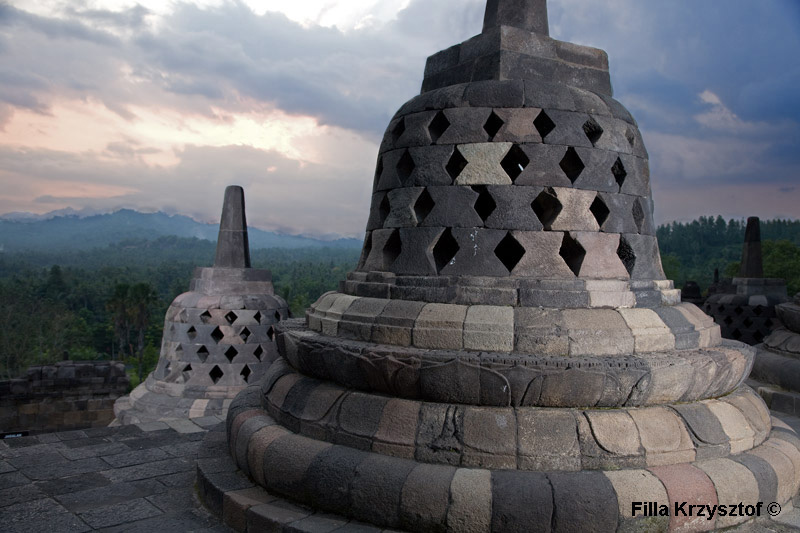
^ ^^^
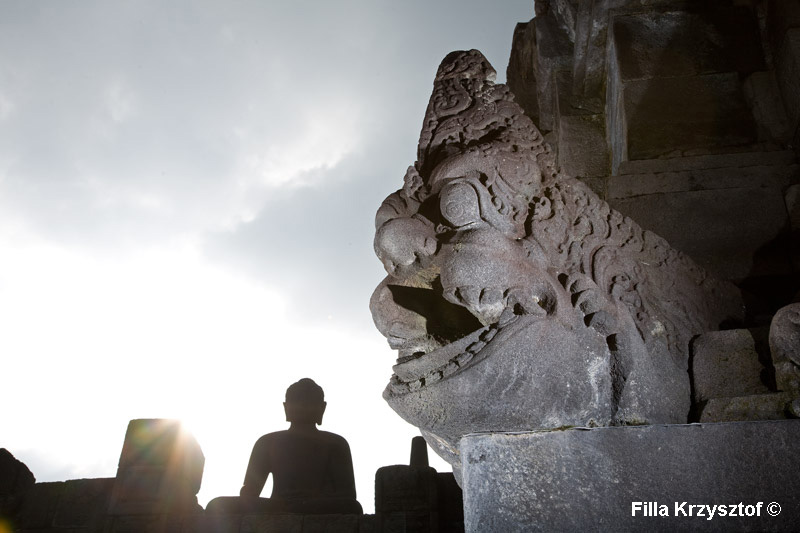
^ ^^^

The walls in Borobudur monument depict the life of Lord Buddha. There are as well many scenes of daily life in 8th century Java.
^ ^^^
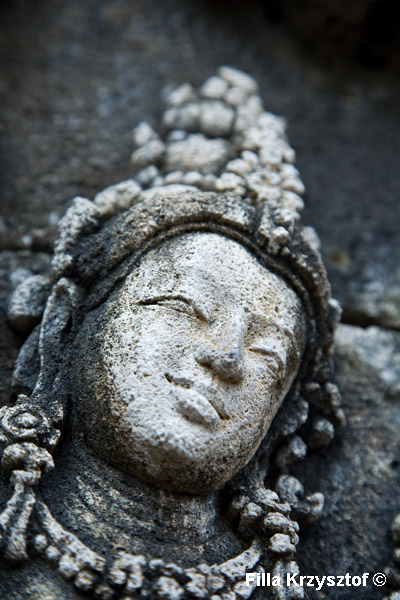
^ ^^^

Some women in Indonesia whiten their faces to look more white (like Caucasian) and some to protect from the sun.
^ ^^^
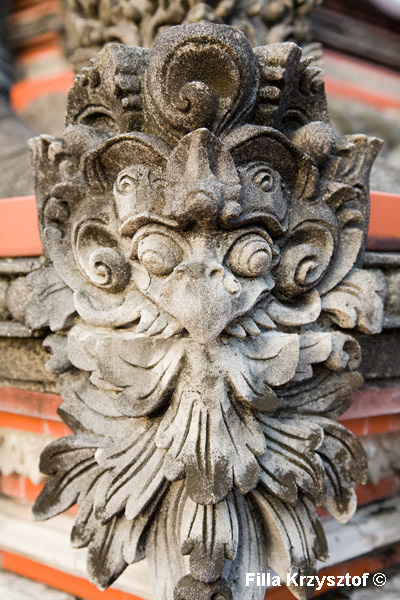
An ornament from a Hindu temple in Palangkaraya – Borneo.
^ ^^^

A Hindu devotee placing his offerings in the temple.
^ ^^^

Hinduism occurring in Indonesia it is variation of Balinese Hinduism, which is the predominant religion on Bali Island.
^ ^^^

Sabilal Muhtadin mosque in Banjarmasin – Borneo.
^ ^^^
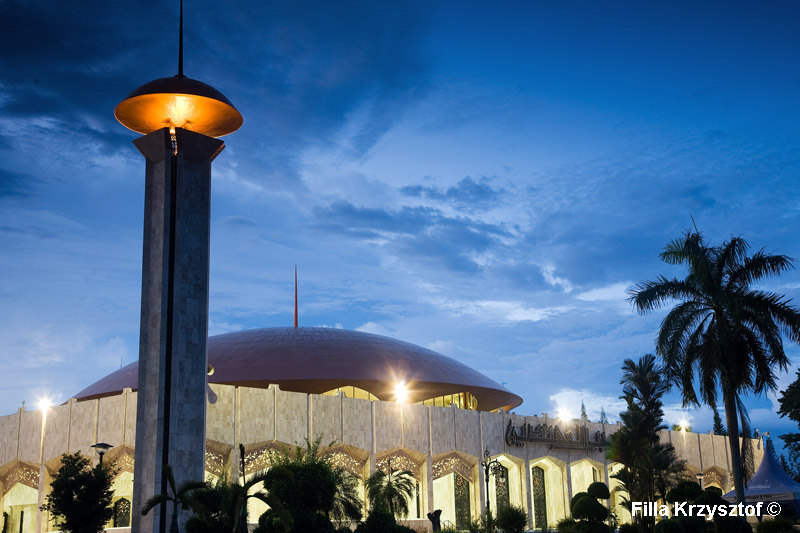
Sabilal Muhtadin mosque in Banjarmasin – Borneo.
^ ^^^
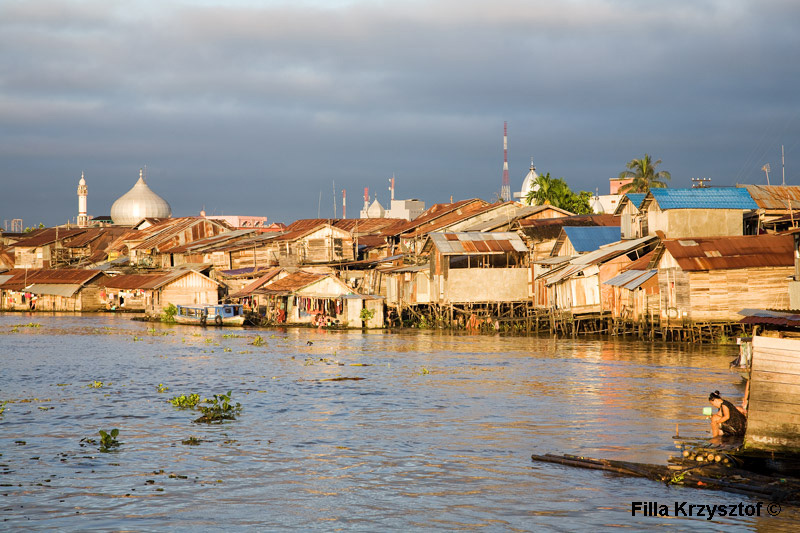
Banjarmasin locally has a nickname "A city of a thousand rivers” in fact, it has a network of canals that criss-cross the city.
^ ^^^

^ ^^^
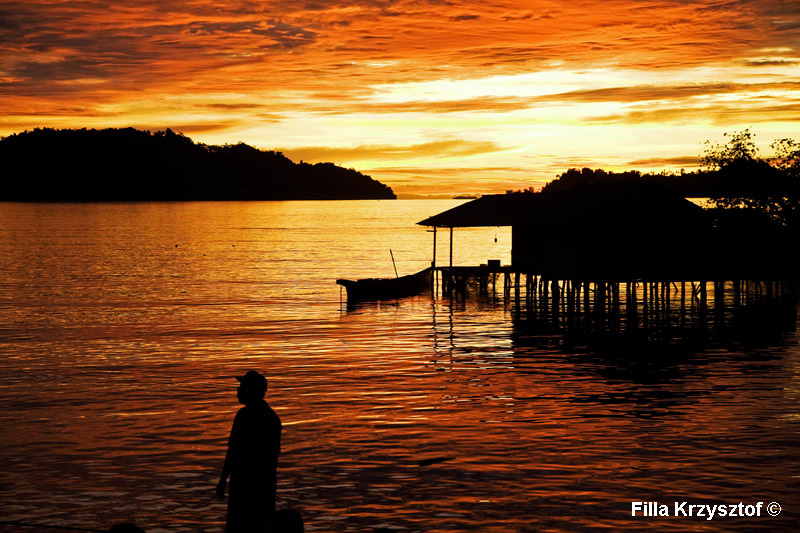
^ ^^^
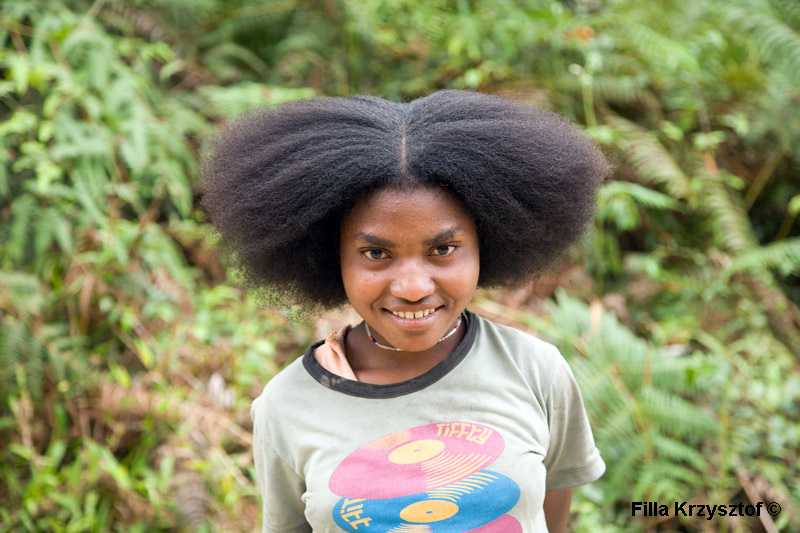
When the Portuguese first encountered New Guinea and its surrounding islands in the early 16th century, they called them Ilhas dos Papuas (Islands of the Fuzzy-Hairs), from the Malay word papuwah.
^ ^^^

^ ^^^
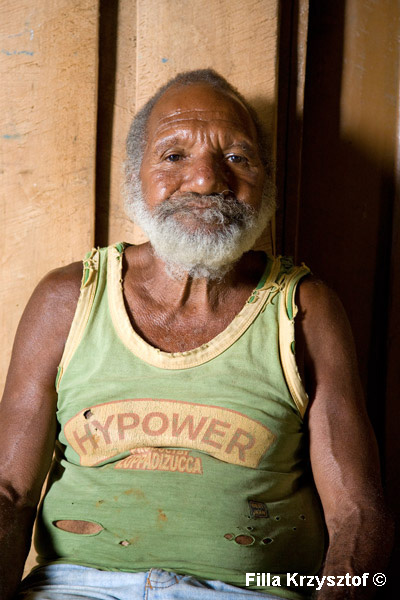
Village head of Minyambuo in Papua.
^ ^^^
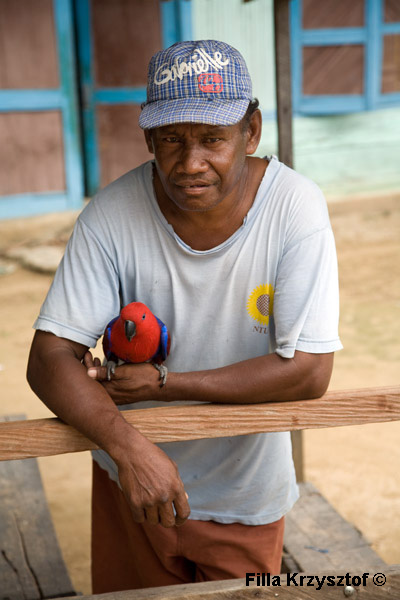
^ ^^^

^ ^^^

Sorong Papua.
^ ^^^
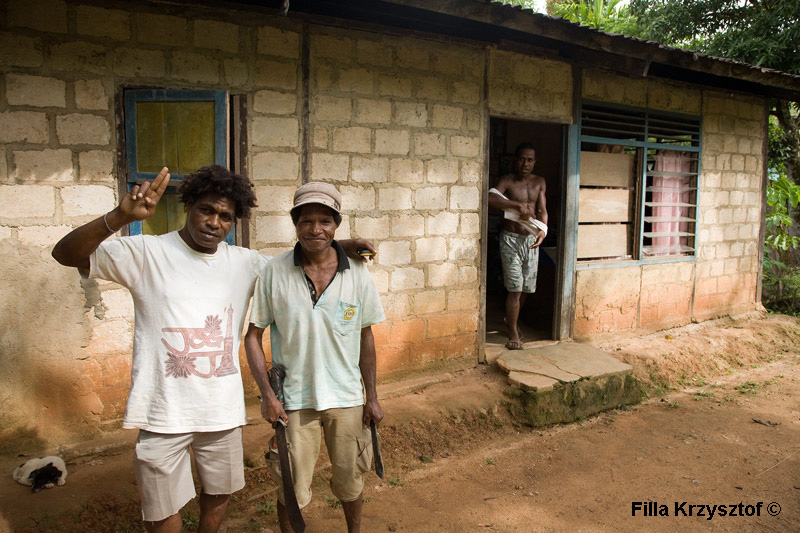
Sorong Papua.
^ ^^^
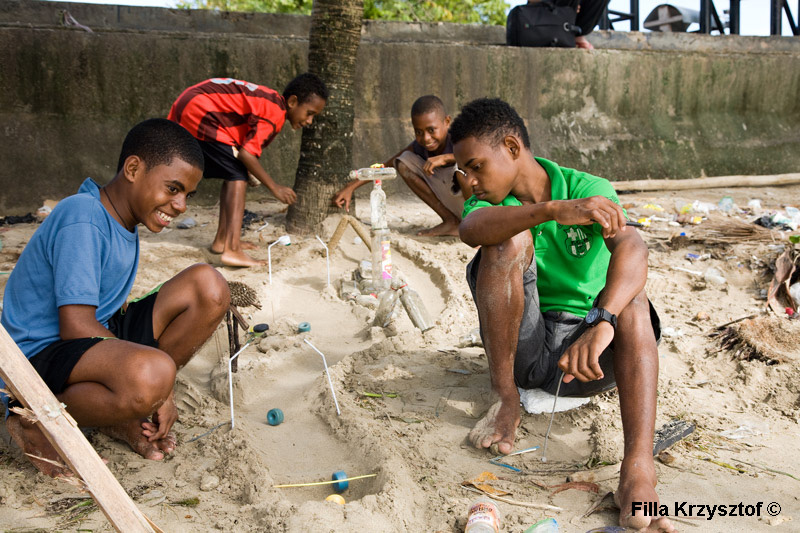
Sorong Papua.
^ ^^^

^ ^^^
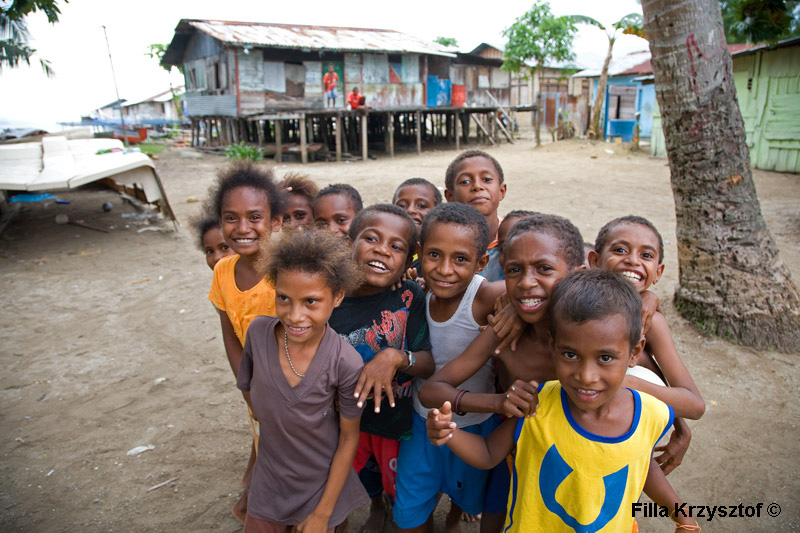
Papua with West Papua are reach in minerals like gold but yet they are the poorest of all 33 provinces in Indonesia. Education is at the lowest level and the best jobs are reserved for Indonesians. For holding the Papuan flag one can face persecution and imprisonment.
^ ^^^
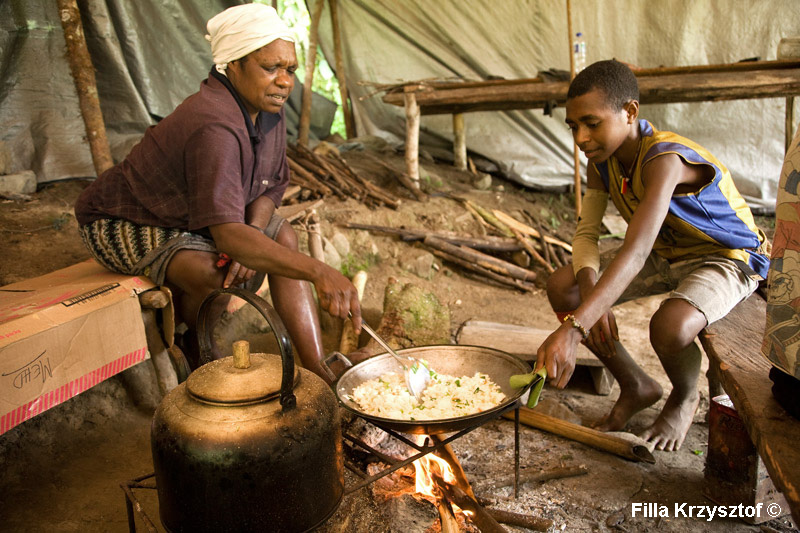
Cooking rice for dinner. The staple for Papuans is rice and batatas (sweet potatoes).
^ ^^^
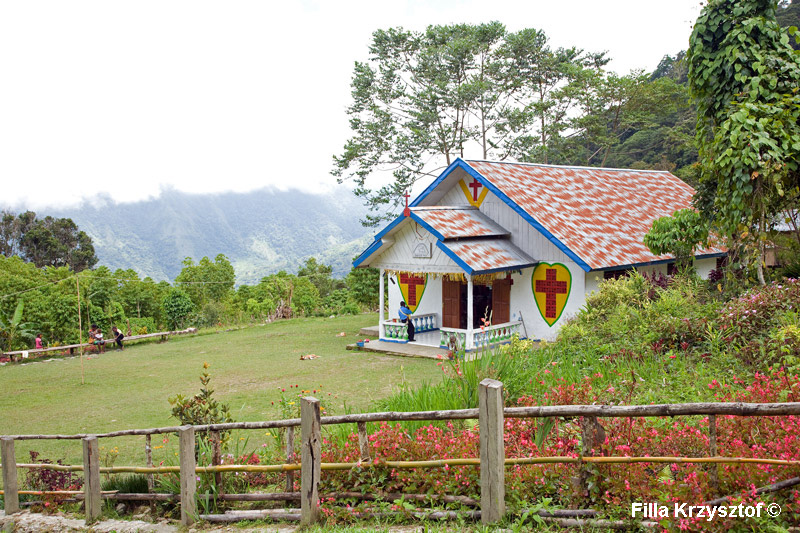
A church in Mokwam village. Papua unlike the rest of Muslim Indonesia is Christian due to Christian missionaries who got here first. A Sunday service in the church last around 5 hours.
^ ^^^
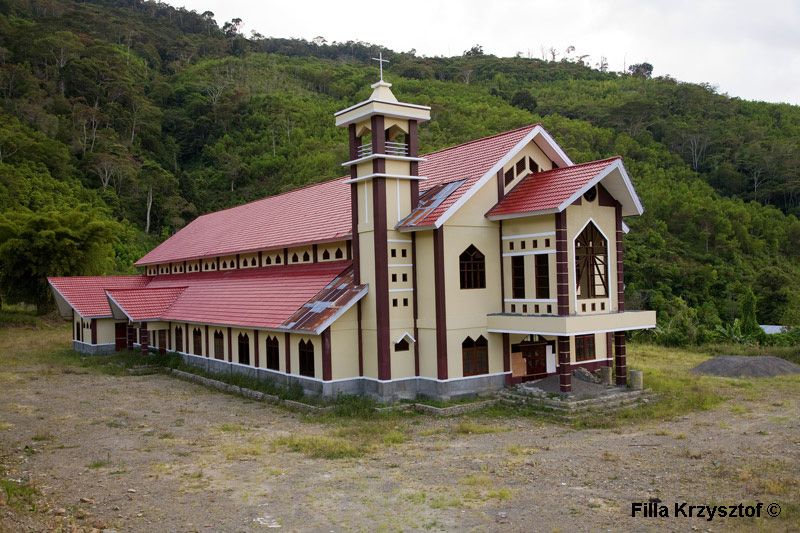
Unfinished church in Minyambou village.
^ ^^^

Minyambou village. In Papua locals often travel on foot between villages. If they go in a group there is always a man carrying a bow and arrows to shoot wild animals.
^ ^^^
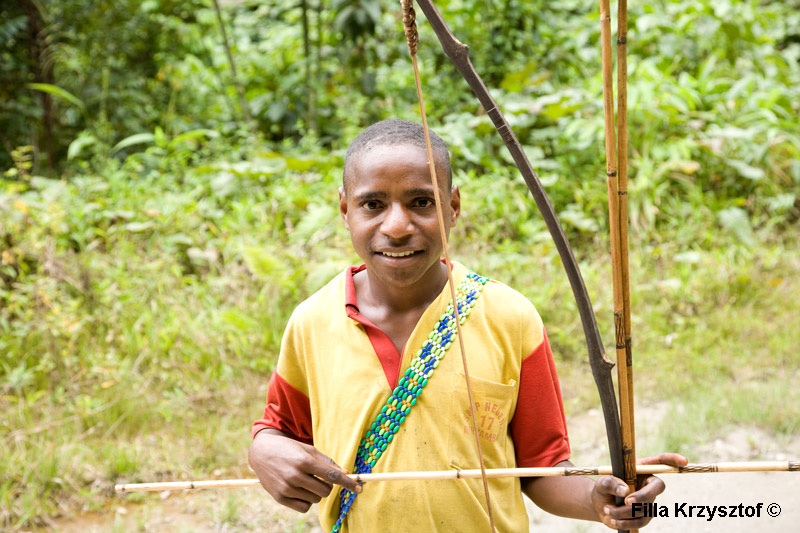
Boys travelling to a school carry bows and arrows. They have different arrows for different animals.
^ ^^^

Furniture made of used tyres. In Indonesia motorbikes are the most common way of transport. With subsidised petrol one thing is sure, there are plenty of used tires. Apart from furniture, I saw some footwear, mostly sandals made of tyre rubber.
^ ^^^

Many people try to earn some extras by selling petrol for motorbikes in front of their houses. The cost of petrol is about 0.40 Euro per litter.
^ ^^^
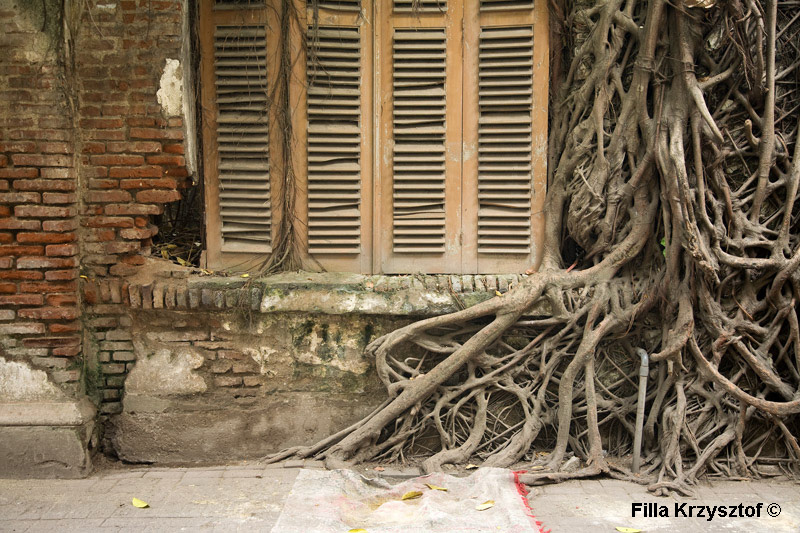
^ ^^^
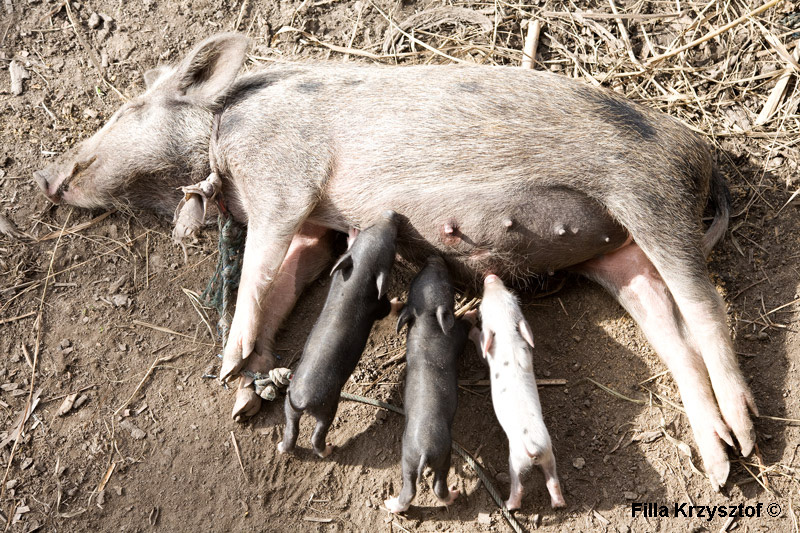
^ ^^^

The man in Borneo was catching birds for sale. The bird was lucky because I paid for his freedom and explained the wrong doing to the man. The next day the huge net for catching birds was gone.
^ ^^^





















































































